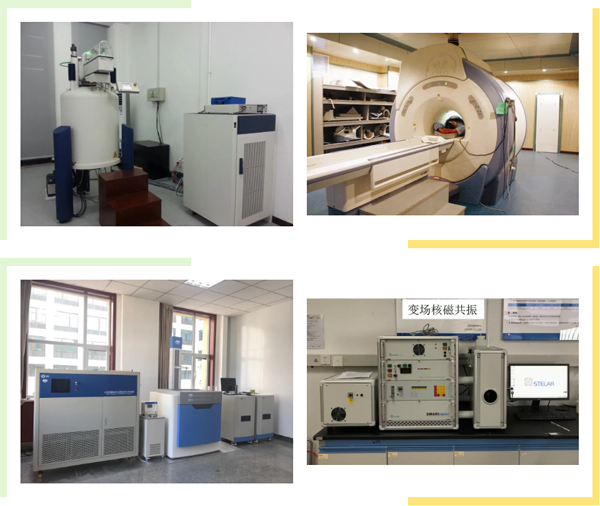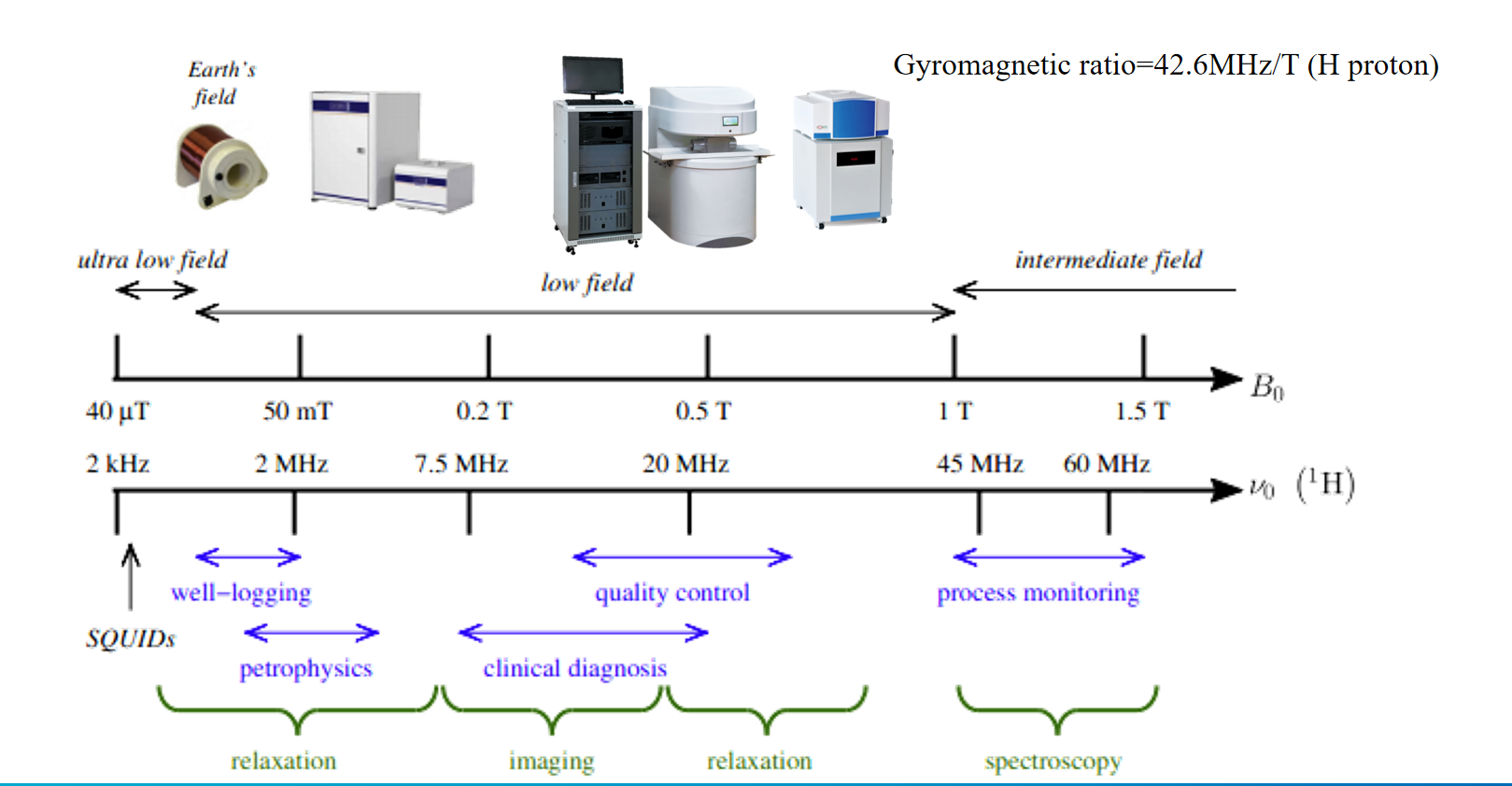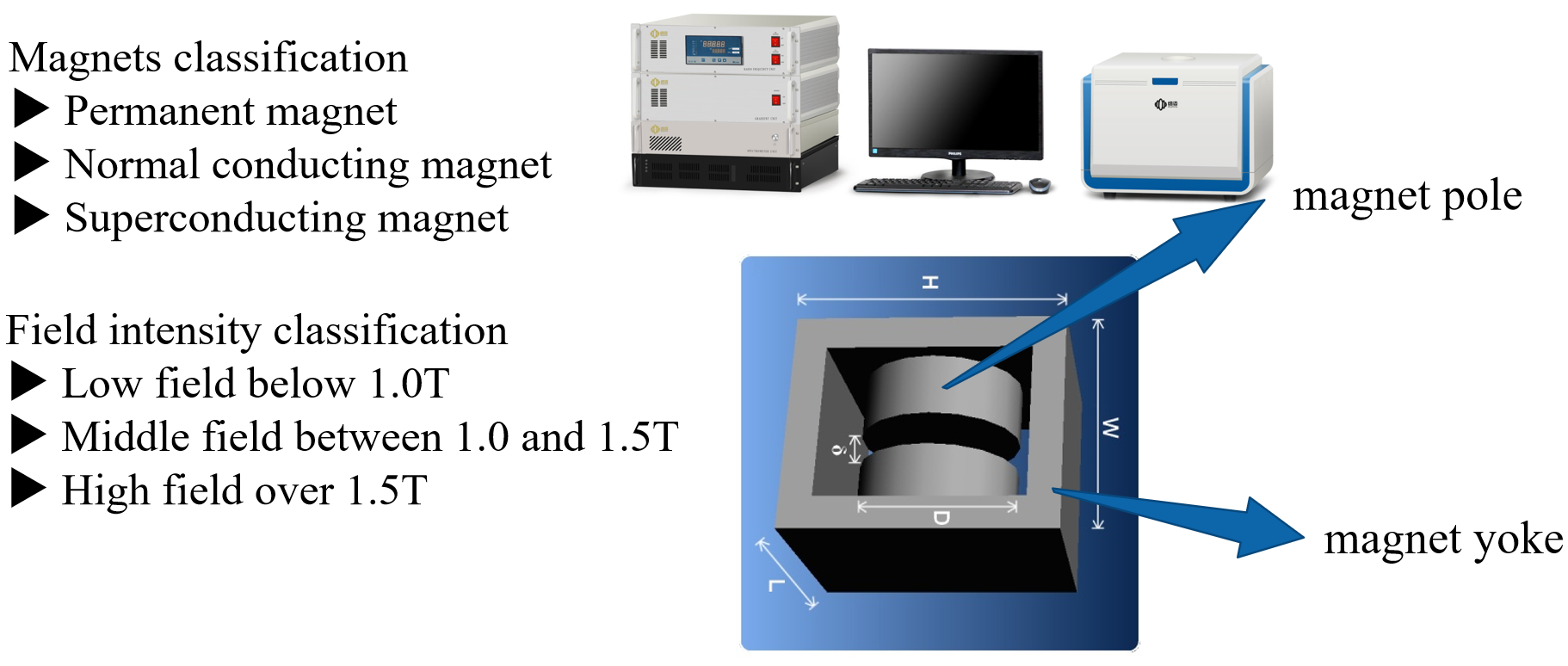Instrumento de RMN Clasificación
Resonancia magnética nuclear (RMN) Los instrumentos son herramientas analíticas que se utilizan para estudiar las propiedades de los núcleos atómicos en diversos materiales.. Estos instrumentos se pueden clasificar en función de varios factores., incluyendo su aplicación, tipo de imán, intensidad de campo, y configuración de la sonda. He aquí una clasificación general de Instrumentos de RMN:
Clasificación basada en aplicaciones:
- RMN de rutina: Instrumentos utilizados para análisis de rutina en campos como la química., bioquímica, y ciencia de los materiales.
- RMN de estado sólido: Instrumentos diseñados para estudiar muestras sólidas., como cristales, polímeros, y materiales con movilidad limitada.
- RMN médica (resonancia magnética): Instrumentos de imágenes por resonancia magnética utilizados en el diagnóstico médico para visualizar las estructuras internas del cuerpo humano..
Tipo de imán:
- Imanes superconductores: Estos instrumentos utilizan bobinas superconductoras para generar campos magnéticos elevados con un consumo mínimo de energía..
- Imanes permanentes: Instrumentos que utilizan imanes permanentes para intensidades de campo más bajas., adecuado para algunas aplicaciones rutinarias.
Fuerza de campo:
- RMN de campo bajo: Instrumentos con campos magnéticos típicamente de hasta 1 tesla, A menudo se utiliza para la enseñanza y la investigación básica..
- RMN de campo medio: Fuerzas de campo entre 1 y 3 tesla, Adecuado para análisis de rutina y algunas aplicaciones de investigación..
- RMN de alto campo: Instrumentos con intensidades de campo superiores a 3 tesla, proporcionando mayor sensibilidad y resolución para investigaciones avanzadas.
Configuración de la sonda:
- Sondas de núcleo único: Diseñado para detectar señales de un núcleo específico. (p.ej., protón o carbono-13) en una muestra.
- Sondas multinucleares: Capaz de detectar señales de múltiples núcleos., permitiendo el análisis de una gama más amplia de elementos.
- Sondas criogénicas: Sondas enfriadas a temperaturas criogénicas., mejora de la sensibilidad y la relación señal-ruido.
Especializado Instrumentos de RMN:
- RMN de mesa: Instrumentos compactos diseñados para análisis a pequeña escala., A menudo se utiliza en entornos educativos y ciertas industrias..
- RMN en el dominio del tiempo: Instrumentos que se centran en medidas de relajación y difusión., valioso en diversas aplicaciones, incluyendo ciencia de los alimentos y caracterización de materiales..
- RMN portátil: Dispositivos de RMN portátiles o de mano utilizados para análisis de campo, Adecuado para aplicaciones como exploración petrolera y control de calidad..
Técnicas Avanzadas:
- 2D-RMN: Instrumentos capaces de realizar experimentos de RMN bidimensionales., proporcionando información estructural adicional.
- RMN multidimensional: Instrumentos capaces de realizar experimentos de RMN de dimensiones superiores., permitiendo un análisis detallado de moléculas e interacciones complejas.
mohoso Instrumentos de RMN – RMN de campo bajo
Campo bajo Instrumentos de RMN (con una intensidad de campo magnético de hasta 0.5 t) tener varias ventajas:
- Económico: Campo bajo Instrumentos de RMN Son menos costosos que los instrumentos de campo superior.. Esto los hace más accesibles para laboratorios más pequeños o con presupuestos limitados..
- Portátil: Campo bajo Instrumentos de RMN Puede diseñarse para ser compacto y portátil., haciéndolos útiles para estudios de campo o ubicaciones remotas.
- Fácil de usar: Campo bajo Instrumentos de RMN A menudo son más simples de operar y requieren experiencia menos especializada.. Esto los hace útiles para mediciones rutinarias de control de calidad o aplicaciones de enseñanza..
- Amplia compatibilidad de muestras: Campo bajo Instrumentos de RMN Puede analizar una amplia gama de muestras., incluyendo sólidos, liquidos, y gases.
- Adquisición rápida de datos: Debido a la menor intensidad del campo magnético, campo bajo Instrumentos de RMN normalmente tienen tiempos de relajación más cortos, lo que resulta en una adquisición de datos más rápida.
- No destructivo: La espectroscopia de RMN es una técnica no destructiva, campo tan bajo Instrumentos de RMN Se puede utilizar para analizar muestras sin dañarlas..
Niumag ha diseñado de forma autónoma una gama de analizadores de RMN de bajo campo. Nuestros analizadores de RMN de sobremesa han encontrado una aplicación eficaz en diversos sectores, incluyendo energía, estudios geotécnicos, comida y Agricultura, Ciencias de la vida, investigación de materiales, y contextos educativos.
 mohoso
mohoso


